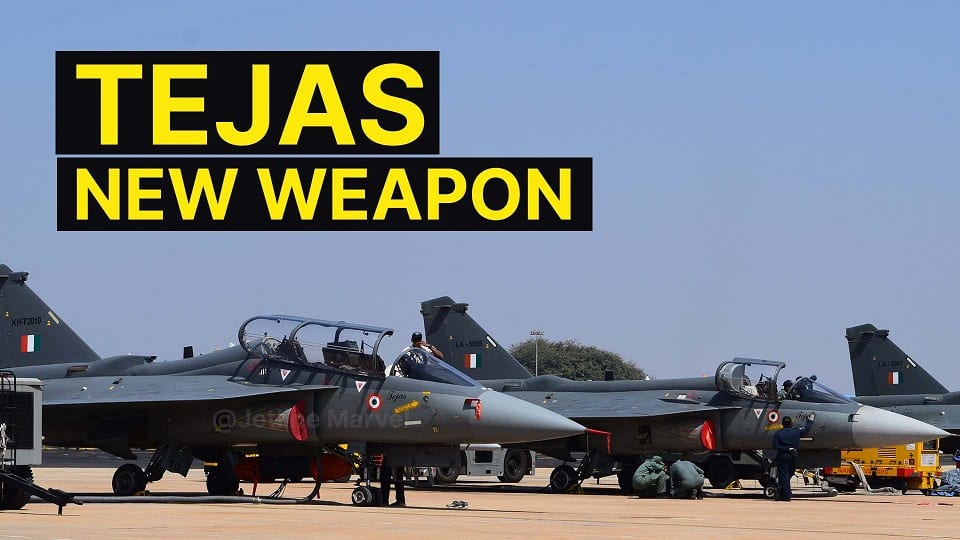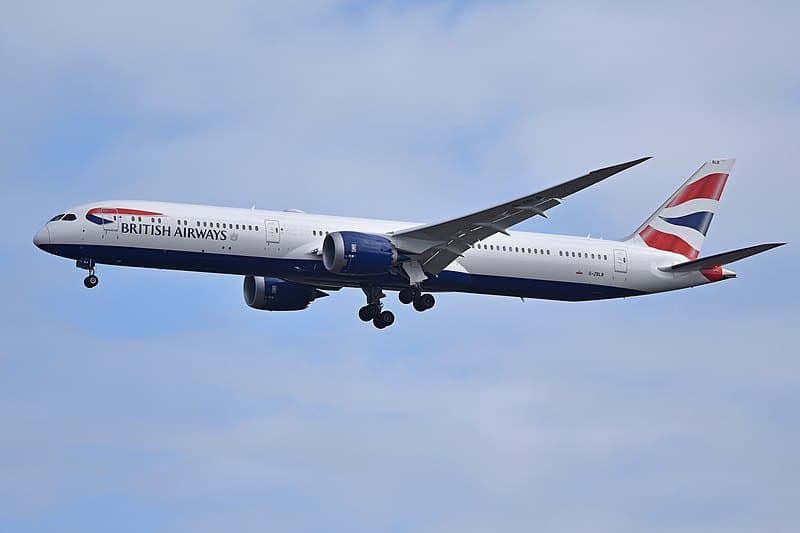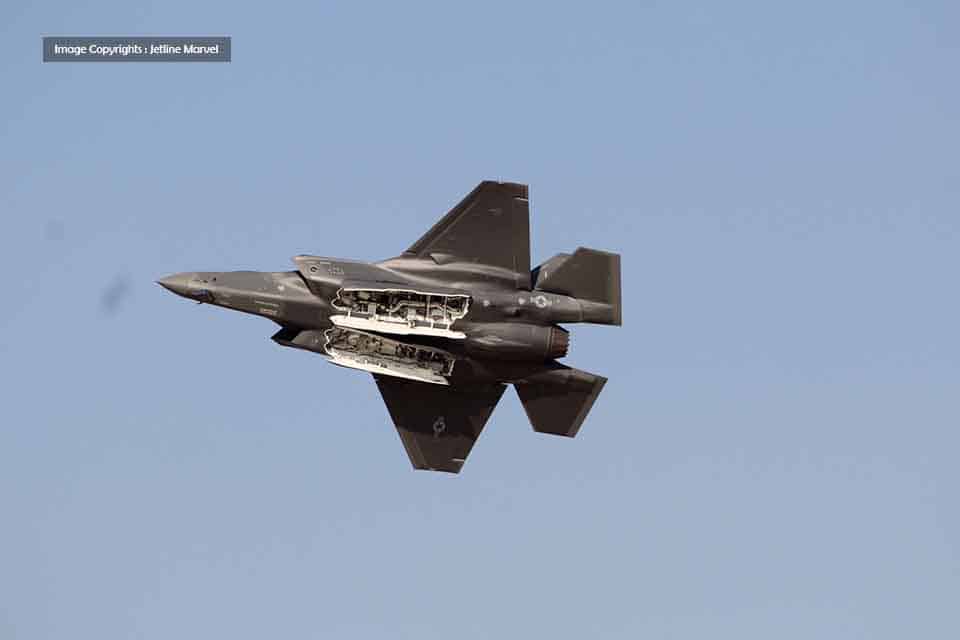Aviation
Indian LCA combat aircraft now being armed with American JDAM

Welcome back to Jetline Marvel for another interesting article. Do you know that the Tejas Aircraft is getting a more advanced guided bomb system?
It was recently established for testing a new system made in the United States, the JDAM kit. The Joint Direct Attack Munition is a guidance tail kit that converts unguided free-fall bombs into precision “smart” weapons that may be deployed in bad weather. By incorporating an inertial navigational system and a global positioning system guidance control unit into a redesigned tail piece, JDAM improves the accuracy of unguided, general-purpose bombs in any weather condition. The Joint Direct Attack Munition is a joint initiative of the United States Air Force and the United States Navy..
Since 1999. More than 450 JDAMs were dropped during this testing, recording an unprecedented 95 percent system reliability while achieving a 9.6 meter accuracy rate. JDAM performance has been demonstrated in operationally representative tests including drops through clouds, rain and snow. These tests included a B-2 releasing 80 JDAMs on a single pass against multiple targets.
So, how closely do the JDAM, SPICE, and HAMMER resemble each other?
In a technical sense, none of the three systems are bombs. It’s a set of kits that can be installed on current unguided bombs. Guidance units, fins, wings, and other components are bolted on to existing dumb bombs or even laser-guided bombs to transform them into guided, “glide” bombs that fly to their targets.
Lets understand the various weapons and capacities
Number one specification of Spice which is built by Rafael Advanced Defense system. It has Warhead of Mk 83 is 453 kg and Mk 84 is 907 kg. it can be guided by CCD or Infrared Homing with GPS . It can be carried by the F-15 , F16 and Mirage 2000 and Tejas aircraft.
The SPICE kit offers a range of 60km for 907kg bombs and 100km for 454kg bombs. A new SPICE variant, dubbed the SPICE 250, has also been developed, which is a 113kg weapon that can hit targets 100km away.
Number 2 specification of Hammer which is built in France by Safran Electronics & Defense.
The AASM HAMMER missile consists of a guidance kit and a range extension kit. The kits are fitted with Mk82 warheads including Smart Bomb Unit SBU-38, 64 and 54. The easy to use missile supports operations with 125kg, 250kg, 500kg and 1,000kg bomb bodies, and can be reprogrammed during the flight.
Thales and Diehl join Airbus to develop flight control computers for CityAirbus NextGen
The basic version SBU-38 HAMMER is provided with hybrid INS/GPS guidance, while the SBU-54 version is equipped with INS/GPS/IR infrared guidance. The latest version SBU-64 uses INS/GPS/laser guidance.
The propulsion system is fitted at the rear of the missile and consists of a solid rocket motor and four winglets for flight control.
The Joint Direct Attack Munition (JDAM) is a guidance kit that converts unguided bombs, or “dumb bombs”, into all-weather precision-guided munitions. JDAM-equipped bombs are guided by an integrated inertial guidance system coupled to a Global Positioning System (GPS) receiver, giving them a published range of up to 15 nautical miles (28 km). JDAM-equipped bombs range from 500 pounds (230 kg) to 2,000 pounds (910 kg).
Airbus’ C295 Flight Test Bed 2 takes to the skies for the first time.
Hammer price : US$210,707 per unit
JDAM price : $25,000 per unit
Spice Price : US $397,000 per unit.
The JDAM was meant to improve upon laser-guided bomb and imaging infrared technology, which can be hindered by bad ground and weather conditions. Laser seekers are now being fitted to some JDAM’s.
The 20 Safest Airlines in the World 2021
Tejas Mark 1 and 2 already has the Spice form the Rafale and Hammer From Safran both are highly versatile. as per the report the Hammer is 7 times more cost then the JDAM that means US$210,707 per unit. and as per the recent order by India was cost of around $397,000 per kit for safran built Spice bomb kit.

Middle East
British Airways Resumes Daily Flights to Abu Dhabi, After 4-Year hiatus

British Airways made its way back to Abu Dhabi, landing at Zayed International Airport. Following a four-year break in service, both crew and passengers were greeted with enthusiasm.
In the summer of 2024, British Airways plans to launch a daily route, utilising a Boeing 787-9, from London Heathrow to Abu Dhabi. The new route enhances ties between the UAE and the UK and expands vast worldwide network, catering to passengers who may be visiting friends and family or travelling for business.
Arriving in Abu Dhabi at 08.30+1, flight BA073 to Abu Dhabi leaves London Heathrow at 22.25. Departing at 10.10 and landing at London Heathrow at 15.20 is the inbound flight (BA072).
The chief executive officer and managing director of Abu Dhabi Airports, Elena Sorlini, stated: “We are delighted to welcome British Airways to Zayed International Airport. Their daily schedule is expected to improve connectivity and stimulate travel and business.” Visitors may experience the dynamic capital of the United Arab Emirates like never before at our brand-new, award-winning, state-of-the-art terminal, where they will be welcomed with the best kind of Emirati hospitality.”
Flight schedule:
| London Heathrow (LHR) to Zayed International (AUH)All times are local | ||||||
| Season | Flight number | Departing LHR | Arriving AUH | Flight number | Departing AUH | Arriving LHR |
| Summer ‘24 | BA73 | 22:25 | 08:30+1 | BA72 | 10:10 | 15:20 |
| Winter ‘24 | BA73 | 22:25 | 09:30+1 | BA72 | 11:10 | 15:20 |
Aviation
FAA investigation: Passenger seated in Captain’s seat inside cockpit at cruising altitude

A viral video capturing a startling moment aboard a United Airlines charter flight from Denver to Toronto has triggered a federal investigation.
The footage, initially shared on social media by Hensley Meulens, the hitting coach for the Colorado Rockies baseball team, depicts a member of the coaching staff seated in one of the pilot seats while the aircraft was in mid-flight.
In his caption, Meulens expressed gratitude to the captain and first officer for allowing him this unusual experience. The video, filmed by another passenger, reveals the cockpit door open, and at one point, a third passenger briefly enters the flight deck. Alarmingly, during this time, the captain was absent from the cockpit.
Despite the flight being a private charter operated by United Airlines, company and Federal Aviation Administration (FAA) regulations strictly prohibit passengers from entering the cockpit during flight or leaving the flight deck unsecured.
United Airlines swiftly responded, expressing deep concern over the incident. A spokesperson emphasized that the video depicted an unauthorized person in the flight deck at cruising altitude with the autopilot engaged, constituting a clear violation of safety and operational policies.
The FAA confirmed that it is actively investigating the incident, highlighting that unauthorized access to the flight deck during flight is a violation of federal regulations. The agency assured that it is taking the matter seriously and will conduct a thorough examination to ensure compliance with aviation safety standards.
Aviation
Israel vs Iran Military Power Comparison: Which country is stronger?
Explore the comparative analysis of Israel and Iran’s military capabilities. Delve into the strengths and strategic considerations of each nation to assess potential outcomes in the event of conflict.

In this article, we’ll delve into the power dynamics between Iran and Israel. With Israel launching multiple attacks on various Middle Eastern regions, both countries have initiated defensive measures against each other.
We’ll explore the respective features of both nations, although it’s important to note that the accuracy of the report may not align precisely with information from public domain sources.
Global Military Index ranking
According to the Military Power Index, Iran holds the 14th position while Israel holds the 17th. This index provides a direct comparison of the armed forces of the two nations. It suggests that Iran surpasses Israel in terms of manpower, as well as in the number of tanks and armed vehicles.
In the ongoing conflict, the world is divided into two sides: Israel and Iran. Countries in the Asian region, such as Russia, the Middle East, and China, strongly support Iran, as they are its main military suppliers. On the other hand, Israel receives its main backing from the United States and European countries.
Iran and Isreal Distance
Both countries, separated by neighboring nations like Iraq and Jordan, face a considerable distance between them. For attacks across such distances, they heavily rely on potent weaponry, especially through air-to-ground assaults.
Both possess formidable defense aircraft and military tanks, which undoubtedly influence the war’s outcome.
Given that the distance between Jerusalem and Tehran is approximately 1,850 kilometers (1,149 miles), conducting attacks over such long distances requires aircraft with extensive flying ranges.
Israel may lack the inherent power to reach Iran directly, necessitating mid-air refueling or the use of long-range missiles to execute such operations.
Which military is stronger Israel or Iran?
In terms of Israel, it boasts advanced technology in the defense sector, with a strong focus on both business and innovation. It serves as a key supplier of guided rockets and various critical weapons to the defense market. Many domestically-built military tankers and advanced weaponry have proven their efficacy on the battlefield.
Israel stands out as a significant defense equipment supplier, particularly due to strong support from NATO countries like the US, Europe, and the UK. This backing provides access to the most advanced fighter jets and technologies, including 5th-generation fighters.

Conversely, Iran faces challenges in acquiring the latest weaponry, relying heavily on Russian and Chinese technology, along with seized equipment from Iraq and Afghanistan, predominantly sourced from the United States.
Iran’s domestic development of aircraft has been limited, and maintenance is hindered by parts shortages. Additionally, disruptions in supply chains, particularly due to the ongoing conflict between Ukraine and Russia, pose significant hurdles for Iran in acquiring military equipment.
However, Iran has made upgrades, particularly in ground-to-air attack munitions procured from Russia. These include long-range ballistic missiles capable of inflicting heavy damage on enemy territory.
How many fighter jets are in Israel & Iran?
When comparing air attack capabilities, Israel’s air force surpasses Iran’s in terms of aircraft quantity. According to the Global Firepower Index, Israel holds a clear advantage in air power. The Israeli army boasts a total of 612 fighter jets, whereas Iran possesses 551.
Israel operates a fleet of 75 Lockheed Martin F-35 Lightning II aircraft. Additionally, they possess 58 Boeing F-15 Eagle jets. Moreover, Israel has 25 Boeing F-15E Strike Eagle aircraft in its arsenal.

Furthermore, the Israeli Air Force boasts 343 General Dynamics F-16 Fighting Falcon jets. Lastly, they maintain a fleet of 30 Boeing AH-64 Apache helicopters.
Israel possesses numerous advanced fighter jets and military aircraft equipped with some of the most lethal weapons available.
Iran’s fighter aircraft inventory includes the Mikoyan MiG-29 acquired in 1991, 40 Grumman F-14 Tomcats, 20 Su-22s, 24 Chengdu J-7s, 23 Mirage F1s, and 60 McDonnell Douglas F-4 Phantom IIs, showcasing its commitment to diverse defense capabilities.
Iran’s inventory primarily consists of outdated aircraft, many of which are around 20 years old. However, according to the Iran Defense Ministry, all aircraft are reportedly in good condition and deemed capable of meeting the challenges of any conflict
Iran’s and Israel’s Military Capabilities and personnel
According to the latest report, Israel’s active personnel count stands at 169,500, with an additional 465,000 individuals in reserve. Israel implements a significant policy whereby most young citizens are mandated to join the defense forces for several years to acquire skill sets essential for serving as reserved forces, ready to mobilize whenever required for defensive or offensive operations.
In comparison to Israel, Iran boasts a larger ground forces personnel count. Iran’s military comprises approximately 610,000 active-duty personnel, supplemented by 350,000 reserve and trained individuals available for mobilization as necessary.
This substantial manpower brings Iran’s total military strength to roughly 960,000 personnel, excluding figures for the Law Enforcement Command or Basij.
Does Israel have an air defense system?
Israel has developed some of the most advanced air defense systems globally, a response to the consistent threat of attacks from neighboring nations. The Iron Dome, renowned for its effectiveness, stands out as a prime example.
This smart air defense system has successfully intercepted numerous unexpected attacks on Israeli soil, with its capability to destroy incoming missiles mid-flight. Operating on constant alert, the Iron Dome swiftly neutralizes threats whenever they arise within the country’s borders.
Furthermore, Israel has invested heavily in enhancing its defense radar systems, enabling early detection of enemy activities from considerable distances. Pioneering in drone technology, Israel boasts the Heron pilotless planes, capable of enduring flights lasting over 30 hours, facilitating operations even in remote locations.
Additionally, Israel’s Delilah loitering munition, with an approximate range of 250 km (155 miles), though limited for operations beyond the Gulf, can be strategically deployed closer to Iran’s border by the Israeli Air Force, bridging the distance gap effectively.
Iran has collaborated with Russia and China to develop several air defense systems, bolstering its capabilities. Among these systems are multiple medium-range defense systems, such as the Arman, Tactical Sayyad, and Khordad-15. These systems are designed to safeguard Iranian airspace from threats at distances of up to 200 km (124 miles) and varying altitudes.
One notable system, the Arman, was unveiled in November 2022. It is strategically mounted on military trucks, enabling swift deployment within minutes to address potential threats effectively.






















